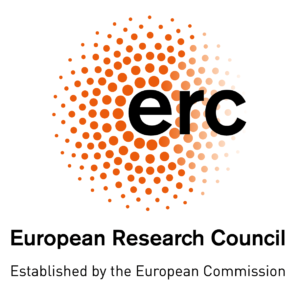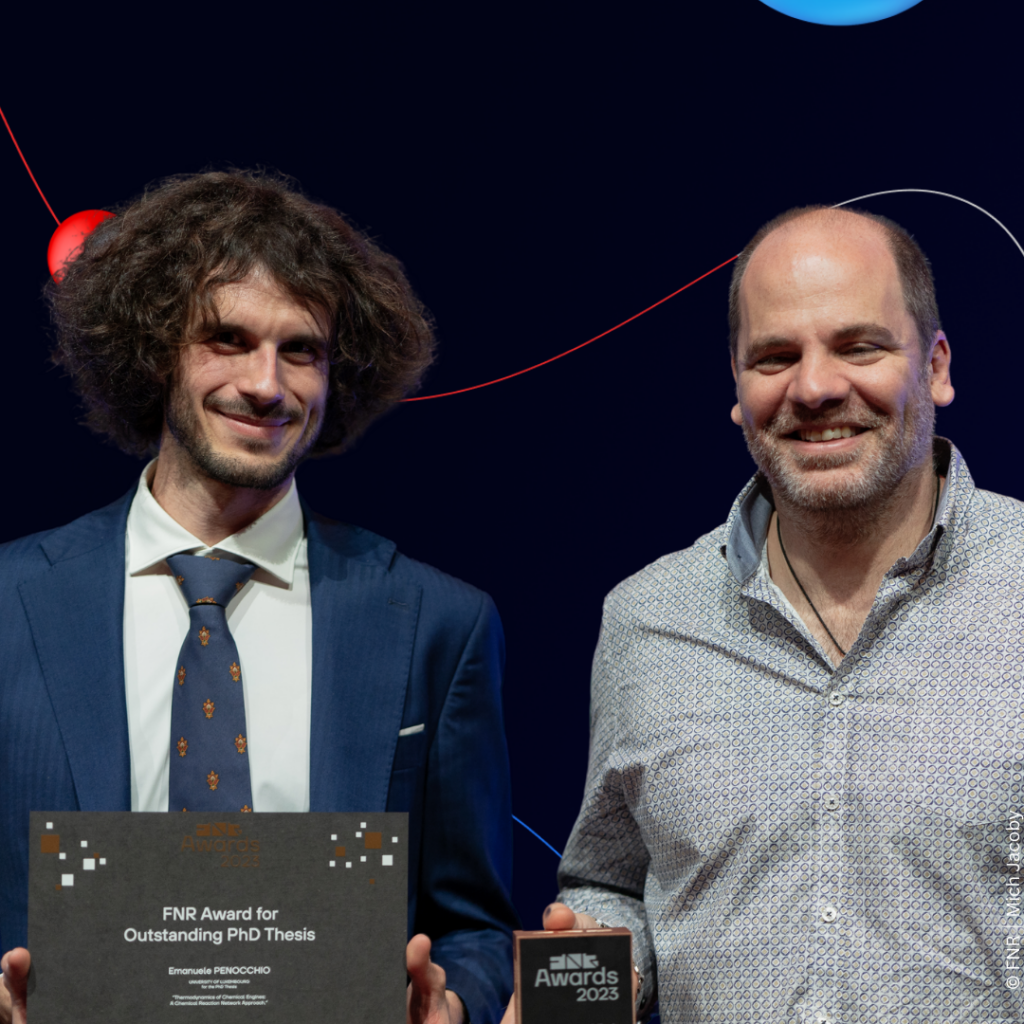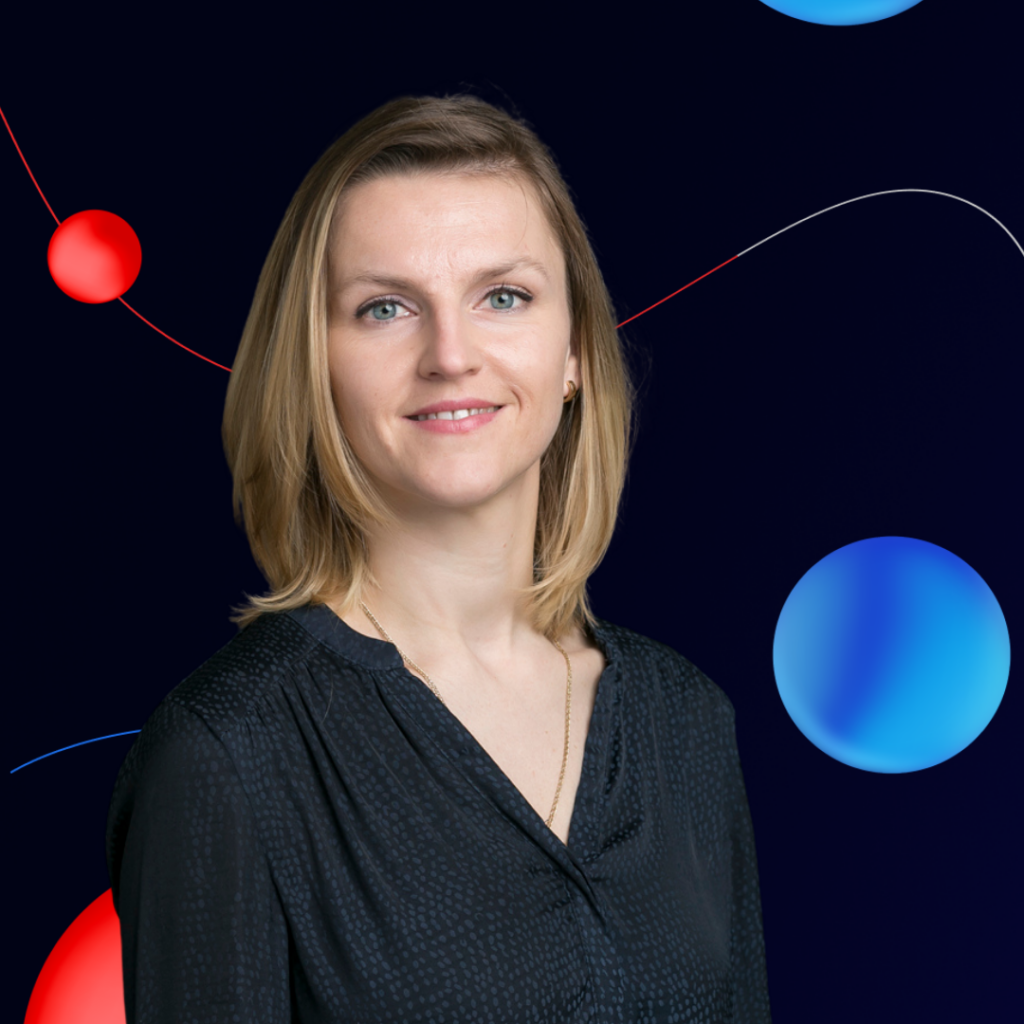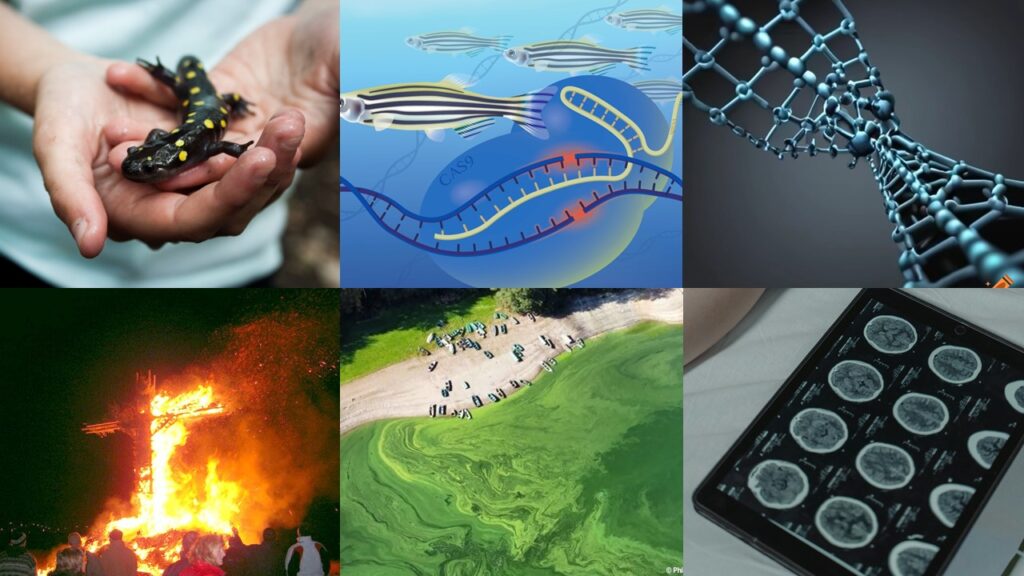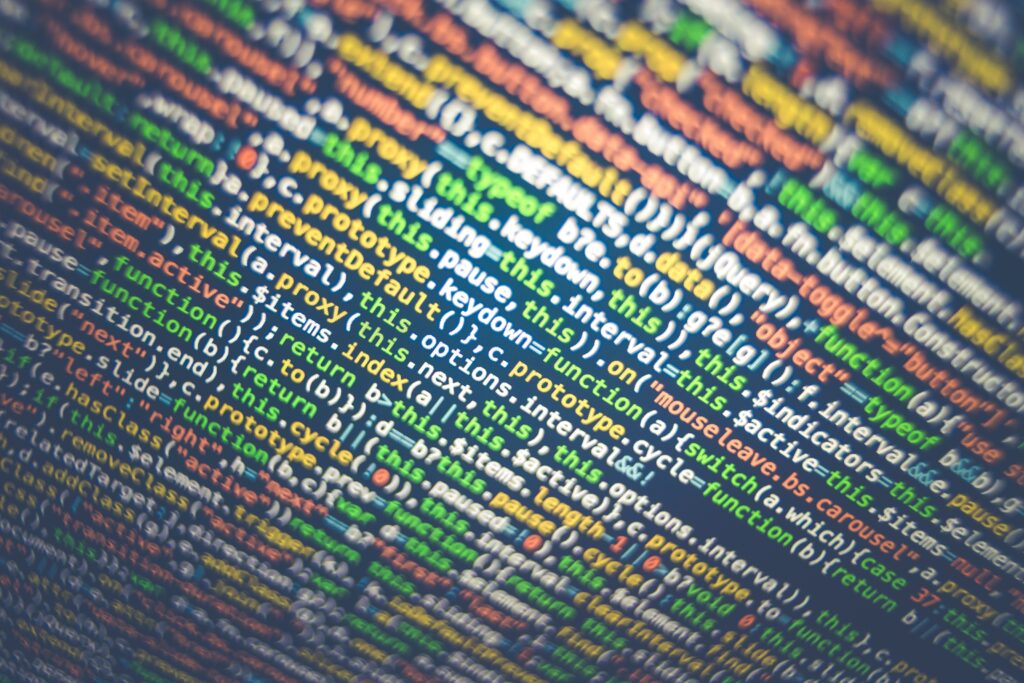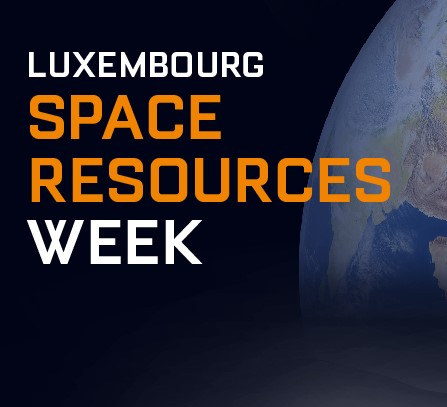When the drugs don’t work
17 November 2020
Chemical compounds can have several stable forms – with dramatic consequences. A physicist at the University of Luxembourg can predict when this can occur: he has develop methods to precisely calculate the stability of molecules. These tools are now used by hundreds of scientists worldwide. They could also help understand why the new coronavirus is so contagious.
This article was originally published by the Luxembourg National Research Fund
It happened again. In 2008, the Parkinson drug Neupro had to be recalled from pharmacies, because it appeared that some of the pills were less soluble than the original and could not be properly absorbed by the body. A similar case had happened a decade earlier with the HIV drug Norvir.

Prof Alexandre Tkatchenko | ©️ FNR / Rick Tonizzo
The problem lies in the solid formulation of the drugs, explains Alexandre Tkatchenko from the University of Luxembourg. It should ensure that they can be correctly absorbed by the body and released. But sometimes, the crystalline structure has several stable forms with different properties. A very slight change in the production facility can then create batches of drugs which are not soluble and therefore cannot be absorbed by the body.
“Not only do we need to know which microbes are involved but above all what they really do,” explains the biologist. “The interplay between certain bacteria and a disorder will happen via molecules which can trigger a cascade of reactions in the body, for example, by interfering with biochemical pathways. What we aim to do is to “Chemists can monitor production if they are aware that the drug has several stable forms,” says Tkatchenko. “But sometimes they don’t know it is possible. This is where my work can be very useful, by alerting them of the possibility.”
Wave matters
The Russian-born physicist studies the behaviour of large molecules with unprecedented detail. Crucially, he takes into account the effects of quantum physics, the theory which describes the microscopic world in terms of overlapping waves.
“Many models until now neglected quantum effects or used simplifications too crude to be accurate. Our work has shown that they are actually crucial in many cases and were behind the problem of the Parkinson drug Neupro.”
His team has been developing computer simulations of molecules for a decade now, improving them bit by bit. These algorithms are published and reused by hundreds of physicists, biologists and chemists worldwide, including many working in pharmaceutical companies.
“Our methods have been used to analyse at least 50 different drugs, but I don’t always know who uses them: sometimes they cite us, sometimes not. But the important thing for me is that my work is useful to others.”
Quantum life
The same techniques are useful to study proteins, large molecules made of thousands of atoms and involved in numerous mechanisms in living organisms. The Luxembourg team recently discovered that quantum effects play an essential role in the way proteins fold, a fundamental process where they acquire the shape that enables them to function.
“Proteins often work by locking into other macromolecules, like a key fits only a specific lock. Our calculations have shown that quantum effects related to the wave characters of electrons make the unfolded protein more stable when it is diluted in water, which is always the case in living organisms. This shows that quantum physics, which has been used in inanimate devices like lasers or microchips, has an impact on life itself.”
Tkatchenko’s models could help explaining the virulence of some pathogens, such as the novel coronavirus.
“It is known to attach to ACE2, a protein situated at the surface of human cells which are in particular found in lungs. Other coronaviruses bind to the same receptor, but SARS-Cov-2 does it much more strongly, which probably contributes to its high contagiousness. To understand this strong binding, we want to look in detail at the way the viral protein, which has the shape of a spike, locks into ACE2. I expect that quantum effects play an important role.”
Machine learning meets quantum mechanics
The key for the reliable analysis of complex molecules is to find models which are precise enough without taking too much computing resources.
“We have now developed a very robust model to describe the way distant parts of molecules influence each other. But an additional part deals with forces at short range. As it actually depends on the configuration of the first part it should be solved again and again at each step of the calculation, which requires a lot of computation time.”
To overcome this problem, the physicist’s team turned to machine learning, the technique that allows algorithms to learn to recognize images or to beat humans at chess. They fed an algorithm with a training set of data linking a certain configuration of the first, long-range part to an adequate model for the second, short-range part. It can then learn to guess very rapidly what model should be used at each step of the calculation, which makes the simulation fast enough to be practical.
“Simulating a large molecule is always a balancing act,” says Alexandre Tkatchenko. “If you include too many details, the calculations take weeks. If you oversimplify the model, you get results which are not reliable. It’s a question of finding the right balance. This is what I like in this work.”
About the European Research Council (ERC)
The European Research Council, set up by the EU in 2007, is the premiere European funding organisation for excellent frontier research. Every year, it selects and funds the very best, creative researchers of any nationality and age, to run projects based in Europe. The ERC offers four core grant schemes: Starting, Consolidator, Advanced and Synergy Grants. With its additional Proof of Concept grant scheme, the ERC helps grantees to bridge the gap between grantees’ pioneering research and early phases of its commercialisation. https://erc.europa.eu/

